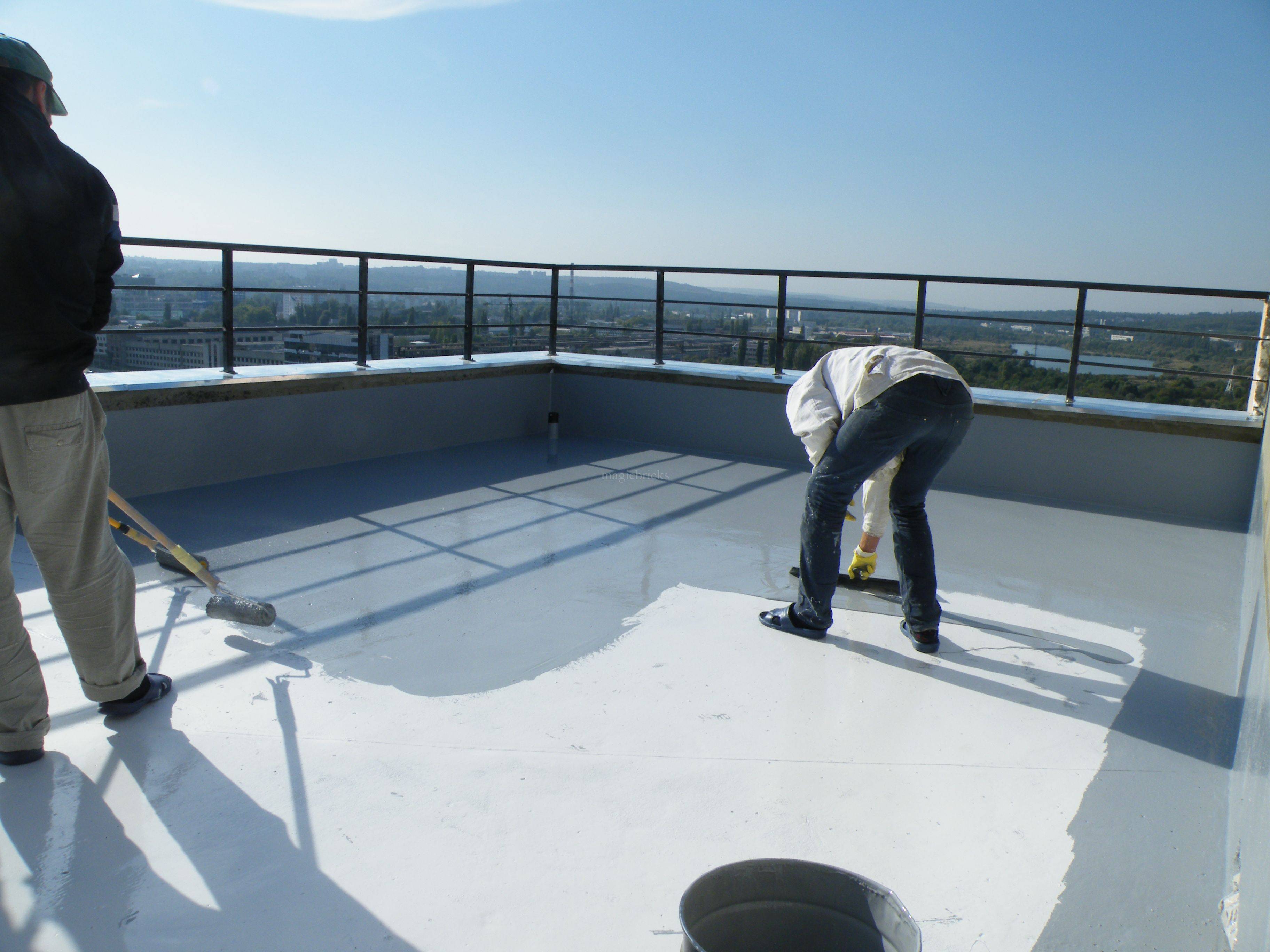Understanding the Science Behind Waterproofing
Waterproofing is a key aspect of preserving any home or structure, yet it often goes ignored until problems arise. As water infiltrates structures, it can result in expensive repairs, threatened safety, and even health risks due to fungus and fungal growth. Grasping the significance of waterproofing is essential for every real estate owner, as it not only shields against immediate damage but also improves the overall longevity and value of a property.
This resource explores the fundamentals behind waterproofing, shedding light on why it is important, the multiple methods available, and how successful water-proofing can spare you a fortune in possible repairs. Moreover, we will clarify frequent myths surrounding water-proofing techniques and provide you with the insight to identify signs that your property may demand attention. Whether you are looking to waterproof your basement, roof, or wet room, comprehending the foundations of waterproofing will empower you to make wise decisions for your property.
The Importance of Waterproofing in Homes and Buildings
Moisture protection is a essential aspect of maintaining the integrity and durability of residential properties and structures. It acts as a barrier against moisture infiltration, which can lead to a variety of issues, including structural damage, mold growth, and health problems. Without adequate waterproofing, real estate are at risk to water-related damage that can undermine not only the physical structure but also the quality of indoor air. This makes waterproofing essential for ensuring a secure and healthy home environment.
In addition to safeguarding against water damage, waterproofing can yield significant savings in costs over the long term. Fixing water damage often involves substantial work, from repairing the structure to mold remediation, which can be expensive. By actively waterproofing a property, property owners and building managers can avoid these problems from arising, which saves a significant amount of money in potential repairs. This preventive measure is an investment that yields returns in the long run, reinforcing the necessity of tackling waterproofing needs early.
Moreover, effective waterproofing plays a role in energy efficiency within a structure. By keeping moisture out, structures can maintain stable temperatures, reducing the need for excessive heating or cooling. This not only reduces energy costs but also improves overall comfort levels. As energy efficiency becomes increasingly important, the role of waterproofing in eco-friendly building practices is undeniable, making it a critical factor for both newly constructed and existing structures.
Essential Waterproofing Methods and Solutions
One of the most effective techniques for waterproofing is the use of protection systems, which create a shield against moisture intrusion. These systems can include specialized membranes applied to both interior and outside surfaces, such as partitions and bases. By sealing off potential access points, these barriers prevent water from penetrating the structure, reducing the chance of moisture damage significantly. Choosing the appropriate type of membrane for your individual needs is crucial, as different materials offer varying levels of durability and tolerance.
Another vital solution is effective drainage management. Installing a well-designed drainage system around your premises can redirect moisture away from exposed areas, such as cellars and foundations. french drain installation can include French drains, water pumps, and drain pipes that are directed away from the building. Effective drainage not only reduces moisture accumulation but also enhances the lifespan of waterproofing systems and protects your property from the devastating effects of flooding and dampness.
In addition to barriers and drainage, the application of waterproof coatings is essential for enhancing the safeguarding of surfaces susceptible to moisture exposure. These coatings can be used on ceilings, walls, and decks to create a moisture-proof layer that defies moisture and prevents fungus development. Selecting the right coating is important to ensure it endures environmental conditions, thus extending the durability of your moisture-proofing solutions. Regular maintenance and checks are also important to ensure that these defensive measures remain functional over the years.
Expense Consequences of Neglecting Waterproofing

Ignoring waterproofing can lead to significant financial implications for homeowners and building managers. Water damage can threaten structural integrity, necessitating costly repairs or even renovations. A single leak can escalate into major damage, affecting walls, floors, and foundations. This not only raises repair costs but can also lead to a drop in property value, making any future transfer more complex.
In addition to structural repairs, the costs associated with mold and mildew removal can add up swiftly. Mold flourishes in damp conditions, leading to possible health risks and necessitating professional remediation services. The longer the moisture issue lasts, the more extensive the damage becomes, ultimately costing considerably more than initial waterproofing measures would have.
Moreover, ignoring waterproofing can lead to increased energy bills. Damp building materials can lead to greater energy loss, forcing HVAC systems to exert more to maintain comfortable temperatures. By opting for waterproofing solutions initially, property owners not only save money on repairs but also enjoy long-term savings on energy costs, boosting overall building efficiency.